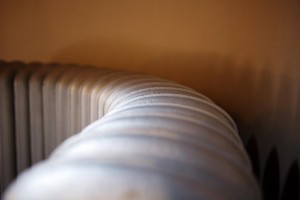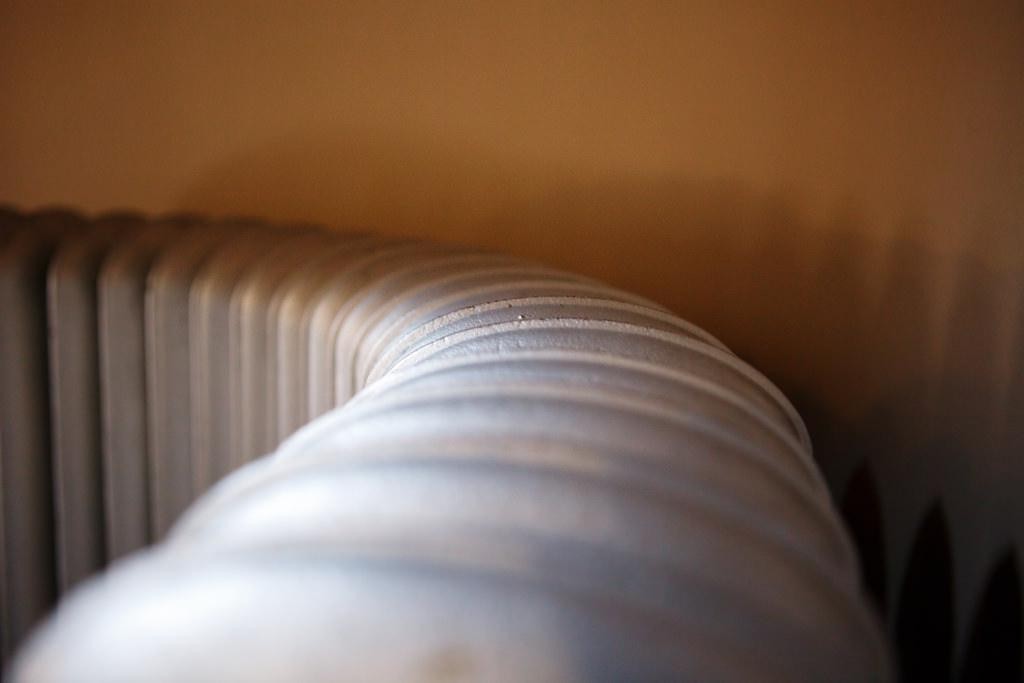
Radiators have been around for quite some time providing heat to people’s homes, but in the past years, many styles and designs have emerged allowing people to select radiators beyond just their heating capabilities.
Nowadays, you can choose the size and shape of your radiator depending on the size of your room, the style of your home, and even the height of your windows. Speaking of windows, one of the more popular types of radiators is the curved window radiator.
They are very handy for their ability to be stored underneath the window which not only saves space in your home but also adds to the aesthetic appeal. If you have a curved window in your home and you’d like to know how to make it last longer, below are maintenance tips we suggest:
-
Be careful what you paint your radiator with. Be careful in using paint containing metal flakes as this could lessen your heating output by 20%. This is why radiators of the past were either bronzed with aluminium or gold bronze paint.
-
Keep curtains and blinds away from your radiator. Radiators for curved windows are more likely to be covered by curtain drapes blocking the air flow in the radiator. Make sure your curtains are short enough so that they don’t cover your radiator.
-
Bleed your radiator regularly. Over time, air from cold water, which is a result from water being heated, can stay inside the radiator and cause it to not produce as much heat as expected. This is because the air trapped inside prevents the hot water from entering the radiator. By bleeding your radiator regularly, you open an air vent which allows trapped air to escape.
To bleed your radiator, place a bucket under the bleed valve before opening it. Once the valve is opened with either a key or a screwdriver, air will come out first then water. Once the sputtering stops and water flows, close the valve and your radiator should produce heat efficiently again. Do this once or twice every year.
-
Check for leaks. Using a mirror, inspect the corners and spaces of your radiator to see if there any leaks. If you find a pinhole, you may just be able to fix it but if it is bigger, you will need to hire the services of a professional. What they typically do is remove the paint, or rust from the area where the leak is and clean it with acetone or lacquer thinner. This is to help any dirt, grease or oil on the surface where the file will be placed. The file will be applied on the leak and will have to be dried for 15 hours.
Sometimes, it could be the cap nuts leaking in which case you can simply retighten them using two wrenches, one to hold the halve and the other to tighten the cap nut.
-
Run a vacuum brush over your radiator to suck up dust and dirt. You can include vacuuming your radiator as part of your weekly home cleaning routine. Simply vacuum off any dust in the nooks and crannies as well as under the radiator.
By following these tips, you should be able to have keep your curved window radiator in your home for many years. Remember to report any weird leaks or sounds coming from your radiator to your professional plumber. Since I live in California, finding a plumber in LA is pretty easy. If you don’t, or attempt to fix it yourself, your radiator might just end up getting damaged more than it is.
What other advice do you have for maintaining curved window radiators? Let us know in the comments.

